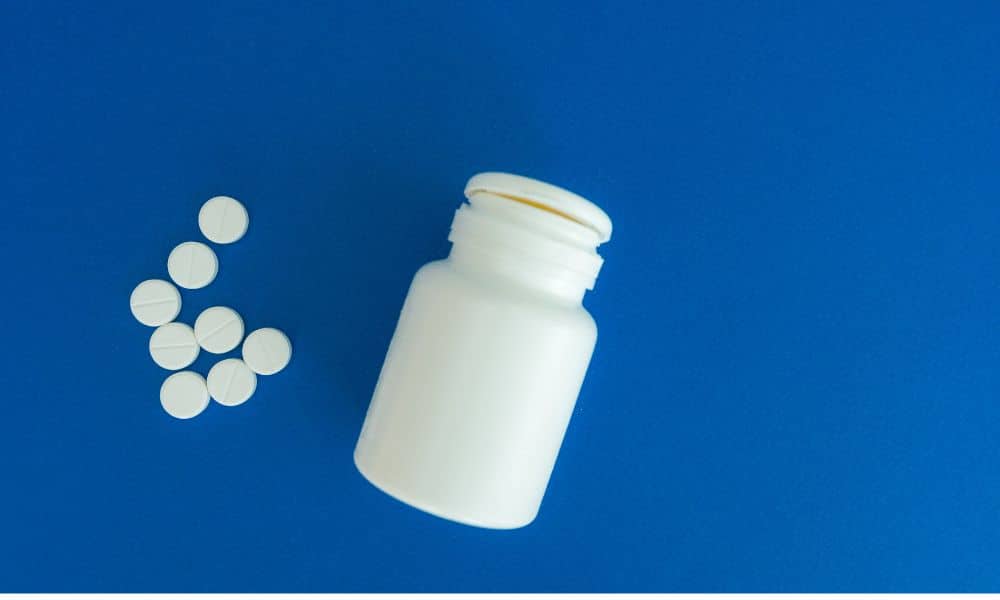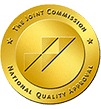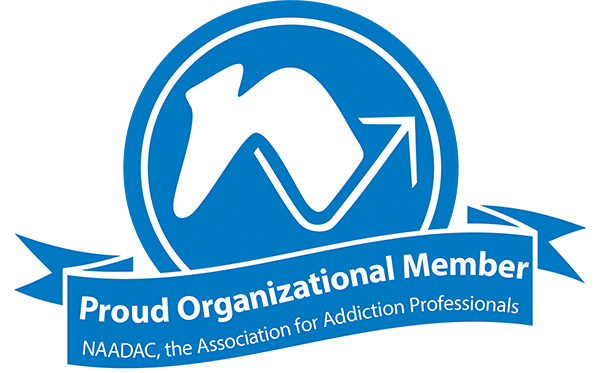Skip To Section
Hydromorphone addiction is a serious and growing concern in today’s society. Hydromorphone, commonly known by its brand name Dilaudid, is a powerful opioid pain medication prescribed to manage severe pain. While it can be effective for legitimate medical use, many individuals misuse hydromorphone for its euphoric effects, leading to hydromorphone abuse and addiction. The risk of developing a dependence on this drug is high, especially when it is taken outside of a doctor’s supervision. Understanding the signs, symptoms, and treatment options for Dilaudid addiction is crucial for those affected and their loved ones.

What Is Hydromorphone Addiction?
Hydromorphone addiction occurs when individuals develop a compulsive need to use hydromorphone, a powerful opioid pain medication. Often prescribed under the brand name Dilaudid, hydromorphone is effective for managing severe pain but carries a high risk of abuse. People may misuse hydromorphone to experience its euphoric effects, leading to hydromorphone abuse and dependence. As tolerance builds, users may require larger doses to achieve the same effects, increasing the risk of overdose. Recognizing the signs of Dilaudid addiction is crucial for seeking help and starting the recovery process before serious health consequences arise.
What Are the Signs and Symptoms of Hydromorphone Addiction?
Hydromorphone addiction can significantly impact a person’s life, affecting their physical health, behavior, and mental well-being. Recognizing the signs and symptoms is crucial for early intervention and treatment. Individuals struggling with Dilaudid abuse may exhibit a range of physical, behavioral, and psychological signs that indicate a growing dependence on the drug.
Physical Signs
- Increased Tolerance: Needing larger doses of hydromorphone to achieve the same pain relief or euphoric effects.
- Withdrawal Symptoms: Experiencing nausea, sweating, muscle aches, or insomnia when not using the drug.
- Drowsiness: Persistent sleepiness or lethargy that interferes with daily activities.
- Constricted Pupils: Having unusually small pupils, which is a common sign of opioid use.
Behavioral Signs
- Neglecting Responsibilities: Failing to meet obligations at work, school, or home due to drug use.
- Social Withdrawal: Isolating from friends and family, losing interest in social activities.
- Drug-Seeking Behavior: Going to multiple doctors to obtain prescriptions or using illegal sources to acquire hydromorphone.
- Risky Behaviors: Engaging in dangerous activities while under the influence of hydromorphone.
Psychological Signs
- Mood Swings: Experiencing rapid changes in mood, including increased anxiety or irritability.
- Cravings: Intense urges to use hydromorphone that can lead to compulsive drug-seeking behavior.
- Depression: Feelings of hopelessness or sadness that may worsen without drug use.
- Cognitive Impairment: Difficulty concentrating or making decisions clearly.
Recognizing these signs early can help individuals seek the necessary support and treatment for hydromorphone addiction.
Hydromorphone addiction can significantly impact a person’s life, affecting their physical health, behavior, and mental well-being. Recognizing the signs and symptoms is crucial for early intervention and treatment. Individuals struggling with Dilaudid abuse may exhibit a range of physical, behavioral, and psychological signs that indicate a growing dependence on the drug.
Why Is Hydromorphone Dangerous?
Hydromorphone is dangerous due to its high potential for abuse and the risk of life-threatening side effects. It can cause severe respiratory depression, especially during the first few days of treatment or after a dose increase. This can lead to slowed or stopped breathing, which may result in death. Additionally, hydromorphone can lead to addiction, making it crucial for users to be monitored closely by healthcare professionals. Misuse of hydromorphone can also result in overdose, particularly if combined with other depressants like alcohol or benzodiazepines, further increasing the risk of serious health complications.
Hydromorphone Addiction Facts & Statistics
Hydromorphone addiction is a significant public health concern, with many individuals affected by the misuse of this powerful opioid. Understanding the facts and statistics surrounding hydromorphone abuse can help raise awareness about the risks and consequences associated with its use. Here are some key facts and statistics related to hydromorphone addiction:
- In 2022, approximately 8.5 million people aged 12 or older misused prescription pain relievers, with 102,000 individuals specifically misusing hydromorphone products.
- Hydromorphone is about 8 times more potent than morphine, increasing the risk of overdose and addiction.
- Over 120,000 Americans die each year due to opioid-related overdoses, with hydromorphone contributing to these alarming statistics.
- Studies suggest around 4 in 10,000 patients prescribed opioids for medical reasons may develop iatrogenic addiction, highlighting the potential risk even when used as directed.
- The number of emergency department visits related to hydromorphone abuse has increased significantly, reflecting the growing issue of opioid misuse in society.
These statistics underscore the importance of recognizing hydromorphone addiction as a serious issue that requires attention and effective treatment options.
Hydromorphone Addiction and Mental Health Disorders
Hydromorphone addiction is closely linked to mental health disorders. Many individuals misuse hydromorphone as a way to cope with stress, anxiety, or depression, but this can lead to worsening mental health issues over time. The drug can initially provide feelings of relaxation and relief; however, prolonged use often results in increased anxiety, depression, and even psychosis. This cycle of addiction and mental health, also known as a co-occurring disorder, makes it essential for those struggling with hydromorphone abuse to seek professional help to address both their addiction and underlying mental health concerns.
"*" indicates required fields
Fill out the form below and one of our admissions team members will reach out to you:
"*" indicates required fields
When Do You Need Hydromorphone Addiction Treatment?
You may need hydromorphone addiction treatment if you experience any of the following:
- Increased Tolerance: You find that you need higher doses of hydromorphone to achieve the same level of pain relief or euphoria.
- Withdrawal Symptoms: You experience physical symptoms such as nausea, sweating, or anxiety when not using hydromorphone.
- Neglecting Responsibilities: Your drug use interferes with daily life, including work, school, or family obligations.
- Continued Use Despite Problems: You keep using hydromorphone even when it causes health issues or problems in relationships.
- Cravings: You have strong urges to use hydromorphone, making it hard to focus on other activities.
How Long Is Hydromorphone Addiction Treatment?
The duration of hydromorphone addiction treatment can vary based on individual needs and the severity of the addiction. Typically, the treatment process includes:
- Detoxification: This initial phase usually lasts about 7 to 14 days, during which medical professionals help manage withdrawal symptoms safely.
- Inpatient Treatment: Many individuals benefit from a structured inpatient program lasting 30 to 90 days, providing intensive therapy and support.
- Outpatient Programs: After inpatient care, outpatient treatment can continue for several weeks or months, allowing individuals to receive ongoing support while maintaining daily responsibilities.
- Aftercare: Long-term recovery often involves aftercare programs that may last for several months or longer, focusing on relapse prevention and continued support.
Each person’s recovery journey is unique, so working with a healthcare team is essential to determine the best timeline for effective treatment.
Hydromorphone Addiction Treatment Options
Treatment for hydromorphone addiction typically begins with a medically supervised detoxification process to safely remove the drug from your system. After detox, various treatment options are available, including residential inpatient programs where individuals receive round-the-clock care and support. These programs often incorporate behavioral therapies, such as cognitive-behavioral therapy (CBT), along with holistic approaches, to address the underlying causes of addiction. Following inpatient care, individuals may transition to outpatient programs or aftercare services, which provide ongoing support to help maintain sobriety and prevent relapse.
Holistic treatment methods for hydromorphone addiction focus on healing the whole person rather than just addressing addiction symptoms. Common holistic therapies include:
- Yoga
- Meditation
- Acupuncture
- Nutritional Counseling
- Art and Music Therapy
Hydromorphone Addiction Treatment at Footprints to Recovery
At Footprints to Recovery, we offer comprehensive hydromorphone addiction treatment tailored to each individual’s needs. Our approach begins with a safe detox process, followed by personalized therapy plans that include individual and group counseling. We focus on understanding the root causes of addiction while providing holistic therapies to promote overall well-being. Our dedicated team is committed to supporting clients throughout their recovery journey, ensuring they have the tools and resources needed for long-term success.
If you or a loved one is struggling with hydromorphone addiction, reach out today for help. Contact Footprints to Recovery today to learn more about our addiction treatment options and how we can support you on your path to healing. Your journey to a healthier, drug-free life starts here.
- Hydromorphone
- Drug Fact Sheet: Hydromorphone
- Hydromorphone
- Hydromorphone – StatPearls – NCBI Bookshelf
- Hydromorphone – ScienceDirect
- Opiate and opioid withdrawal: MedlinePlus Medical Encyclopedia
- Substance Use and Co-Occurring Mental Disorders – National Institute of Mental Health (NIMH)
- Drug Misuse and Addiction | National Institute on Drug Abuse (NIDA)
Our admissions team is available 24/7 to listen to your story and help you get started with the next steps.









